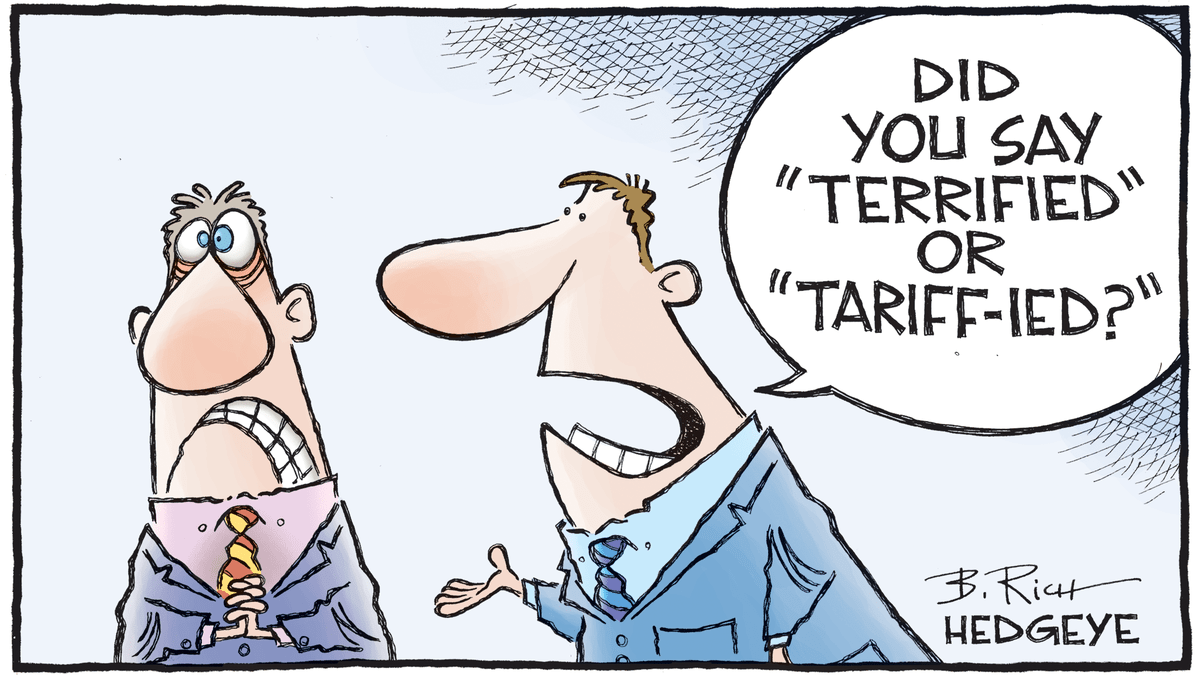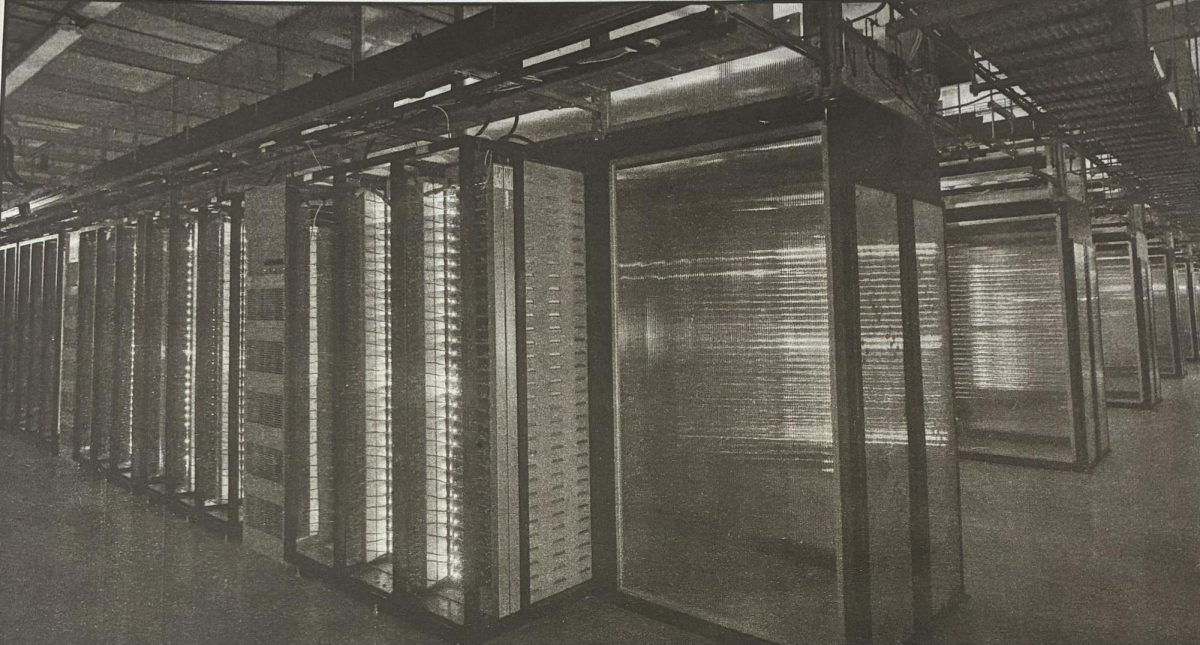In February 2025, President Donald J. Trump signed executive orders imposing new tariffs on imports from Canada and Mexico, which has sparked concerns in various sectors of the U.S. economy.
A 25% tariff was placed on all goods from these neighboring countries, and a 10% tariff remains in place on Chinese imports.
Tariffs implemented under Trump’s administration were aimed at reducing trade imbalances and encouraging American manufacturing. However, they continue to affect U.S. industries that depend on affordable foreign goods and materials.
Tariffs are taxes or duties placed on imported goods by a government to make foreign products more expensive, thereby encouraging consumers to buy domestically produced items.
They are often used to protect local industries from foreign competition and raise revenue for the government. However, tariffs can also increase prices for consumers, hiking up the amount that everyday citizens have to pay for basic products, sometimes making prices out of range.
These tariffs have also prompted responses from trading partners. Canada and Mexico have signaled their intent to retaliate with tariffs of their own on U.S. goods, further escalating trade tensions.
This cycle of increasing tariffs could lead to a broader trade war that negatively impacts global trade and disrupts the international economy.
A survey was conducted within our halls, involving 96 students and staff members.
The results revealed that 26% of participants supported the tariffs. However, of those who favored them, 68% did not understand what tariffs were when asked.
The most common misconception among respondents was that tariffs would lower costs, despite the fact that they are actually having the opposite effect.
When asked to explain why they believed tariffs were beneficial for the public, only one individual had an answer, stating, “The reason tariffs are important and necessary is because it forces countries to listen to what America has to say. Which means more protection for the American people.”
Among those who opposed the tariff, it was stated multiple times that President Trump does not prioritize the interests of the people.
One respondent expressed, “He cares about the wealth of his class, not about the hard-working class. People need to be educated on updates about the economy and what tariffs mean for the ‘low grocery prices’ he promised.”
There is a strong concern within our school community about the lack of education regarding the future of our country.
Another respondent noted, “Those who consider tariffs to be a weapon in a trade war fail to realize they are a weapon used on a country’s own people. Like many of Trump’s policies, the purpose of tariffs is not to protect American business, but to accelerate wealth extraction.”
Businesses and consumers face rising costs, and industries such as agriculture and automotive manufacturing are struggling to cope with the ongoing tariff policies.
As the situation evolves, the future of U.S. trade policy remains uncertain, with ongoing negotiations and potential adjustments on the horizon.
The economic impact of these tariffs will continue to be felt as the United States navigates its current global trade relationships.
The Tariff Tussle
Shelia Bazelais, Layout Editor & Op/Ed Editor
May 19, 2025
President Trump’s tariffs are causing concern around the United States and the world. (Cartoon courtesy of Bob Rich)






